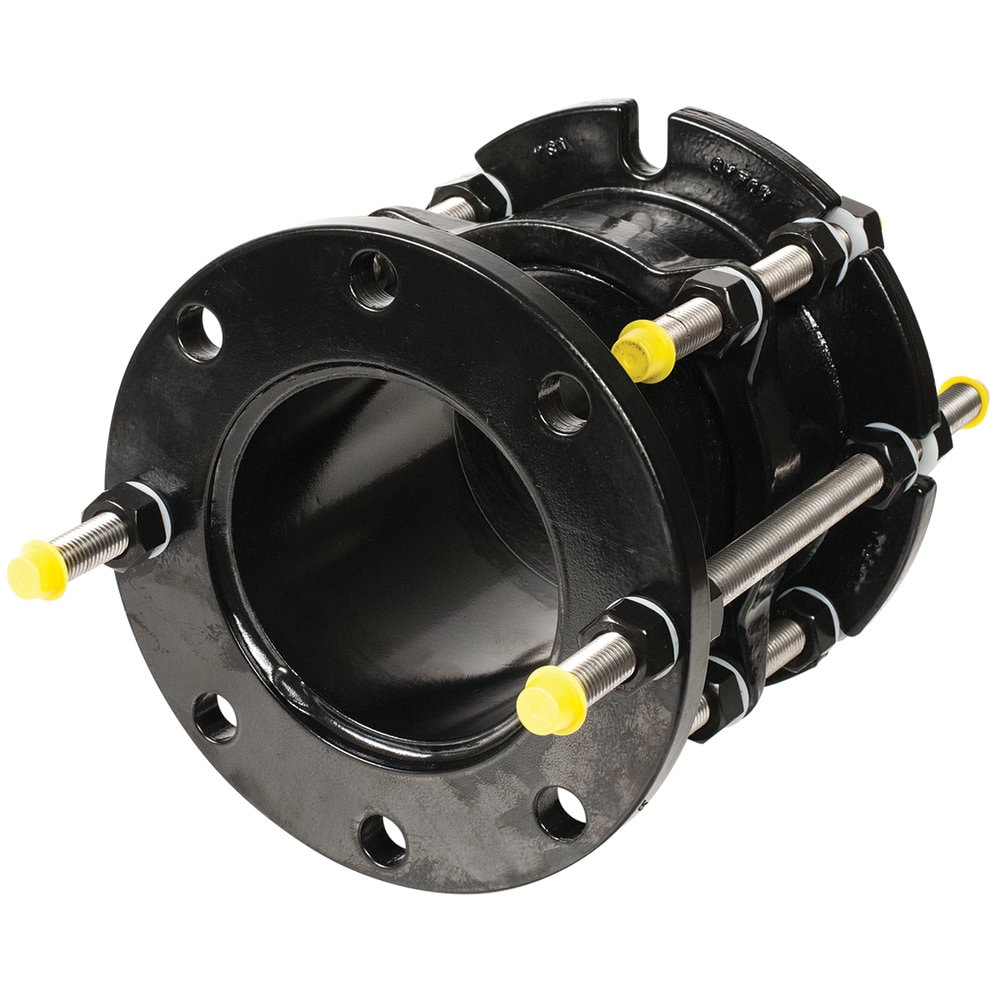Temporary joints in engineering play a pivotal role in facilitating assembly, disassembly, and modification processes without compromising the structural integrity of components. In this exploration, we navigate through the diverse types of temporary joints, shedding light on their applications, advantages, and considerations.
1. Introduction to Temporary Joints:
Temporary joints are connections that allow for easy disassembly and reassembly of components without causing permanent alterations. These joints serve a crucial role in various industries where flexibility and adaptability are paramount, enabling efficient maintenance, repairs, and modifications.
2. Mechanical Fasteners as Temporary Joints:
Mechanical fasteners, such as bolts, nuts, and screws, represent a common type of temporary joint. Their ease of installation and removal makes them ideal for applications where components need to be secured temporarily. Mechanical fasteners provide versatility, allowing for quick adjustments and modifications.
3. Snap-Fit Connections:
Snap-fit connections are another prevalent form of temporary joints, especially in industries like consumer electronics and product design. These joints rely on the elasticity and geometric features of materials to create secure connections that can be easily assembled and disassembled without the need for additional tools.
4. Interlocking Joints:
Interlocking joints involve components that fit together like puzzle pieces, creating a secure yet temporary connection. This type of joint is commonly used in furniture assembly, where ease of transportation and reassembly are key considerations. Interlocking joints provide a balance between stability and flexibility.
5. Adhesive Bonding for Temporarily Joining Materials:
While adhesive bonding is typically associated with permanent connections, certain adhesive formulations allow for temporary bonding. These adhesives provide strong yet reversible bonds, enabling components to be securely joined and later separated without causing damage. This approach is advantageous in industries requiring a balance between strength and reusability.
6. Clamp and Fixture Systems:
Temporary joints are often achieved through clamp and fixture systems. These devices use mechanical clamping mechanisms to secure components during processes like machining or welding. Their temporary nature allows for efficient setup and removal, enhancing the flexibility of manufacturing processes.
7. Magnetic Connections:
Innovations in magnetic technology have led to the development of temporary joints based on magnetic connections. Magnetically coupled components provide a secure yet easily separable bond, making them suitable for applications where frequent assembly and disassembly are required.
8. Application-Specific Considerations:
The choice of temporary joints depends on the specific requirements of the application. Industries such as automotive, aerospace, and consumer goods each have unique demands, influencing the selection of the most appropriate temporary joint type. Factors such as load-bearing capacity, ease of assembly, and disassembly timelines play crucial roles in decision-making.
Conclusion:
In the intricate dance of engineering, temporary joints emerge as choreographers, orchestrating the movements of components with finesse and flexibility. This exploration has unraveled the dynamics of mechanical fasteners, snap-fit connections, interlocking joints, adhesive bonding, clamp systems, and magnetic connections as key players in the realm of temporary joints. As industries evolve, the art of temporary connections continues to shape the landscape of efficient assembly, modification, and innovation.




More Stories
Optimize Production With Electrophoretic Coating Line Solutions Worldwide
Unveiling the filtration mechanism of precision compressed air filters
Custom High Precision Casting Flanges for Industrial Systems